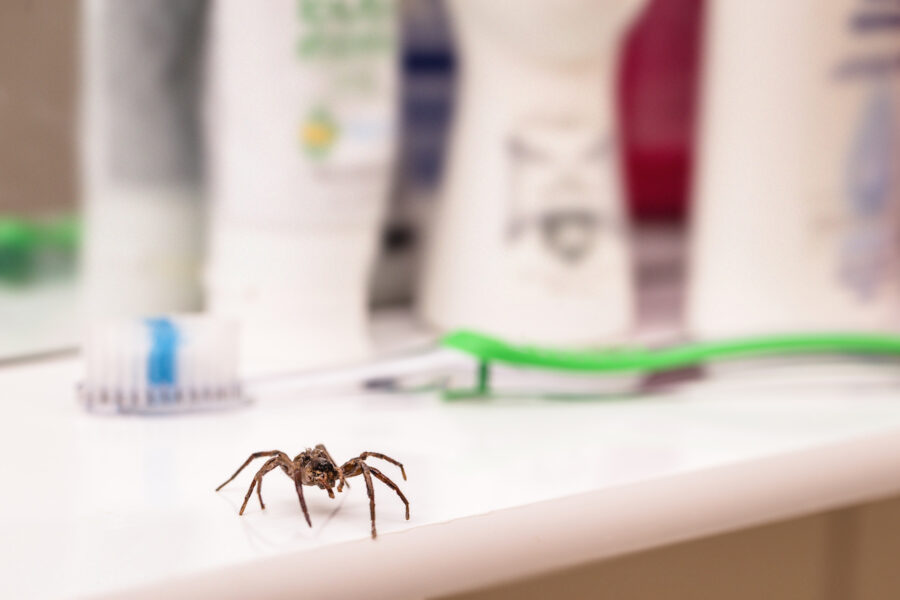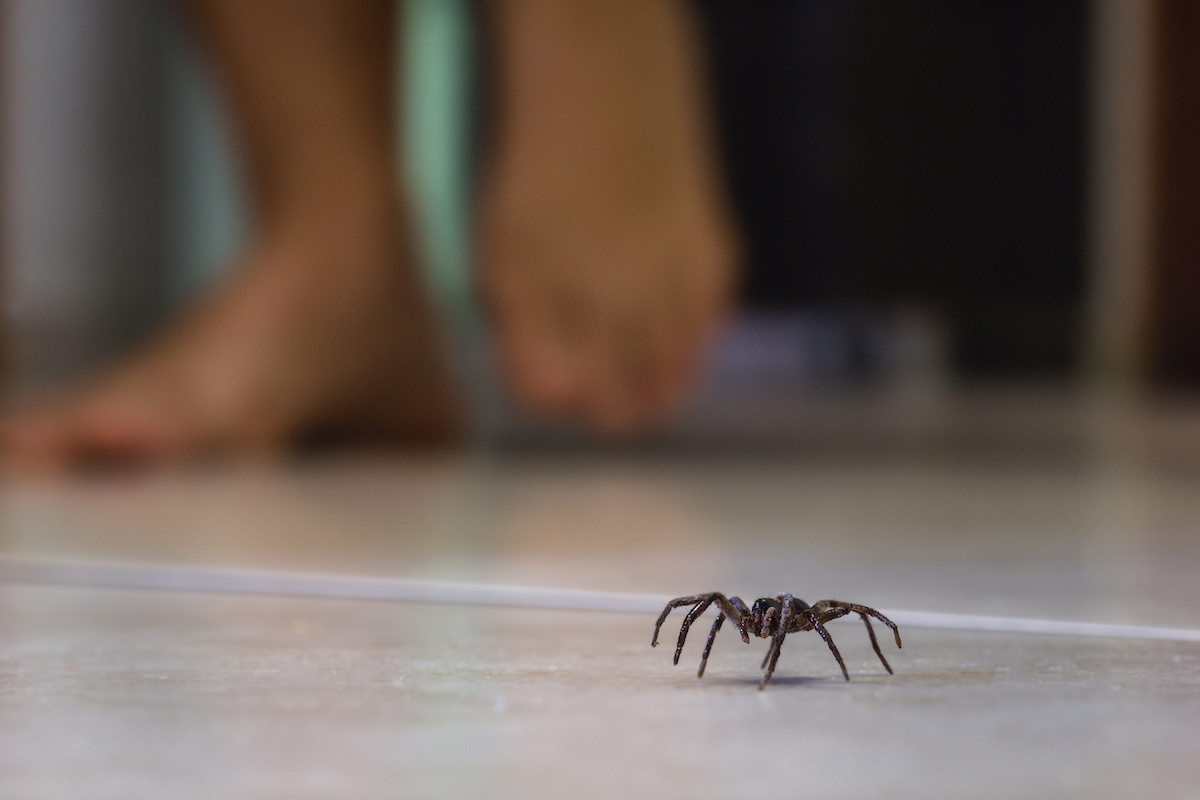
Spiders are a common sight in homes, gardens, and outdoor spaces, but for many people, the mere presence of a spider can cause fear and concern. While most spiders are harmless and even beneficial as natural pest controllers, some species can pose a threat to humans. Knowing how to tell if a spider is dangerous is important for your safety and peace of mind, especially if you live in areas where venomous spiders are prevalent.
In this article, we will explore the key features to look for when identifying potentially dangerous spiders, discuss the behavior of venomous species, and provide tips on how to handle spider encounters safely. By understanding the difference between harmless and dangerous spiders, you can take appropriate action to protect yourself and your family.
General Characteristics of Dangerous Spiders
Not all spiders are created equal, and the characteristics that make some spiders dangerous usually revolve around their venom. Dangerous spiders are typically venomous species whose bites can cause severe reactions in humans. Here are some general traits to look for:
- Venomous bite: The primary concern with dangerous spiders is their venom. While all spiders have fangs and most produce venom, the vast majority have venom that is too weak to harm humans. However, venomous spiders such as the black widow and brown recluse have potent toxins that can cause significant medical issues.
- Aggressive behavior: Although most spiders tend to avoid human contact, some species, particularly those that are venomous, may act more defensively when threatened. This can increase the chances of being bitten.
- Distinctive markings: Dangerous spiders often have unique physical characteristics or color patterns that can help with identification. For example, the black widow is easily recognized by the red hourglass marking on its abdomen, while the brown recluse has a violin-shaped marking on its back.
Next, let’s examine some of the most common dangerous spiders in North America and how to recognize them.

Common Dangerous Spiders in North America
While there are thousands of spider species worldwide, only a few are known to be dangerous to humans. The following are some of the most well-known venomous spiders found in North America.
Black Widow Spider (Latrodectus spp.)
The black widow spider is perhaps the most infamous dangerous spider in the United States. Known for its potent venom, the bite of a black widow can cause severe pain, muscle cramps, and other serious symptoms.
- Appearance: Female black widows are shiny black with a distinctive red or orange hourglass-shaped marking on the underside of their abdomen. Males are smaller and less dangerous, with lighter color patterns and less potent venom.
- Habitat: Black widows are typically found in dark, secluded areas such as garages, sheds, basements, woodpiles, and outdoor clutter. They build irregular, tangled webs in corners and undisturbed areas.
- Behavior: Black widows are not aggressive and usually only bite in self-defense when they feel threatened. Bites often occur when people accidentally come into contact with the spider, such as reaching into a hidden area or putting on shoes or gloves without checking first.
Brown Recluse Spider (Loxosceles reclusa)
The brown recluse is another highly venomous spider found primarily in the southern and central United States. Its bite can lead to necrotic skin lesions and other serious health issues if left untreated.
- Appearance: Brown recluses are light to medium brown with a distinct violin-shaped marking on their back, just behind their eyes. This “fiddle” marking is a key feature that distinguishes them from other brown spiders.
- Habitat: Brown recluses prefer warm, dry, and undisturbed environments such as attics, crawl spaces, closets, and storage boxes. They are nocturnal and tend to hide during the day.
- Behavior: As their name suggests, brown recluses are shy and avoid human contact whenever possible. However, if they are trapped against the skin or feel threatened, they may bite.
Hobo Spider (Eratigena agrestis)
Though less well-known than the black widow or brown recluse, the hobo spider is another species believed to have dangerous venom, though its reputation is somewhat controversial. Some experts argue that hobo spider bites are not as harmful as previously thought.
- Appearance: Hobo spiders are medium to large in size, with light brown to dark brown coloring and chevron patterns on their abdomen. They can be mistaken for other house spiders, so identification can be tricky.
- Habitat: These spiders are commonly found in basements, window wells, crawl spaces, and outdoor areas with debris or rocks. They build funnel-shaped webs to catch prey.
- Behavior: Hobo spiders are not known for being aggressive, but like many spiders, they may bite if provoked or cornered. Their bites can cause skin irritation or lesions in some cases.
How to Identify Dangerous Spiders
Identifying dangerous spiders can be challenging, as many non-venomous species look similar to their venomous counterparts. However, there are some key factors you can use to differentiate between harmless and potentially dangerous spiders:
Size and Shape
While size alone does not indicate whether a spider is dangerous, some venomous species, like the black widow, have a distinctive shape that sets them apart. For example, female black widows are known for their large, rounded abdomens and thin legs. Brown recluse spiders are usually smaller and more slender than other common house spiders.
Coloration and Markings
Venomous spiders often have distinctive markings or color patterns that make them easier to identify. As mentioned earlier, the black widow’s red hourglass and the brown recluse’s violin marking are key identifiers. If you see a spider with these specific markings, it’s best to keep your distance and call a pest control professional to handle the situation.
Webs and Behavior
The type of web a spider builds can also provide clues about its species. For example, black widows tend to build irregular, messy webs in corners and dark spaces. Funnel-web spiders, like the hobo spider, construct funnel-shaped webs in sheltered areas. Observing the behavior of the spider can also help; many venomous spiders are nocturnal and shy, while some may be more active during the day.
Signs of a Spider Bite: When to Seek Medical Attention
If you suspect you’ve been bitten by a spider, it’s important to monitor the bite for any signs of a reaction. Most spider bites are harmless and cause only minor irritation, but venomous spider bites can lead to more severe symptoms. Here are some signs that may indicate a dangerous spider bite:
- Severe pain at the bite site: While many spider bites cause mild pain or discomfort, venomous bites from spiders like black widows can cause intense, sharp pain that radiates from the bite site.
- Muscle cramps or spasms: Black widow venom affects the nervous system and can lead to muscle cramps, spasms, and stiffness, especially in the abdomen and back.
- Skin necrosis or ulceration: Brown recluse bites can cause necrosis, a condition in which the skin and underlying tissue around the bite die and form a painful ulcer.
- Systemic symptoms: In some cases, venomous spider bites can cause symptoms like fever, chills, nausea, vomiting, and difficulty breathing. These symptoms indicate a more serious reaction and require immediate medical attention.
If you experience any of these symptoms after a spider bite, seek medical help right away. Timely treatment can prevent complications and reduce the severity of the bite’s effects.
What to Do If You Encounter a Dangerous Spider
If you come across a spider that you believe is dangerous, it’s important to take precautions to avoid being bitten. Here are some steps you can take:
- Don’t panic: Spiders are generally not aggressive and will not bite unless they feel threatened. Stay calm and avoid sudden movements.
- Avoid handling the spider: Never try to touch or pick up a spider, especially if you’re unsure of its species. Use a tool or container to safely capture or move the spider, or call a pest control professional for assistance.
- Inspect your home regularly: Regularly check dark, secluded areas of your home for signs of spiders, particularly in attics, basements, and garages. Keeping your home clean and free of clutter can help reduce the chances of encountering spiders.
- Call a pest control professional: If you suspect you have venomous spiders in your home or property, it’s best to contact a professional pest control service like James River Pest Solutions. Trained technicians can safely identify and remove dangerous spiders, ensuring your home is spider-free.

Preventing Dangerous Spider Infestations
The best way to protect yourself from dangerous spiders is to prevent them from entering your home in the first place. Here are some tips to keep spiders at bay:
- Seal cracks and gaps: Spiders can enter your home through small cracks and gaps in doors, windows, and foundations. Seal these openings to prevent them from getting inside.
- Reduce clutter: Spiders like to hide in dark, undisturbed areas. Keep your home tidy and free of clutter, especially in storage areas like basements, attics, and garages.
- Use screens: Make sure all windows and doors have intact screens to keep spiders and other pests out.
- Remove outdoor debris: Spiders often make their homes in woodpiles, rock piles, and other outdoor debris. Keep your yard clean and clear of these hiding spots to reduce the chances of spiders moving indoors.
Call James River Pest Solutions if You’re Not Sure How to Tell If a Spider Is Dangerous
Understanding how to tell if a spider is dangerous can help you stay safe and avoid unnecessary fear. While most spiders are harmless, it’s important to recognize the signs of venomous species so you can take appropriate action if needed. By learning to identify dangerous spiders like black widows, brown recluses, and hobo spiders, you’ll be better equipped to protect yourself, your family, and your home.
If you suspect a dangerous spider is present, it’s always a good idea to avoid handling it directly and call a professional pest control service. At James River Pest Solutions, we specialize in identifying and safely removing potentially harmful spiders from homes and businesses. Our team of experts is trained to handle spider infestations efficiently, ensuring your property remains free of these unwanted guests.